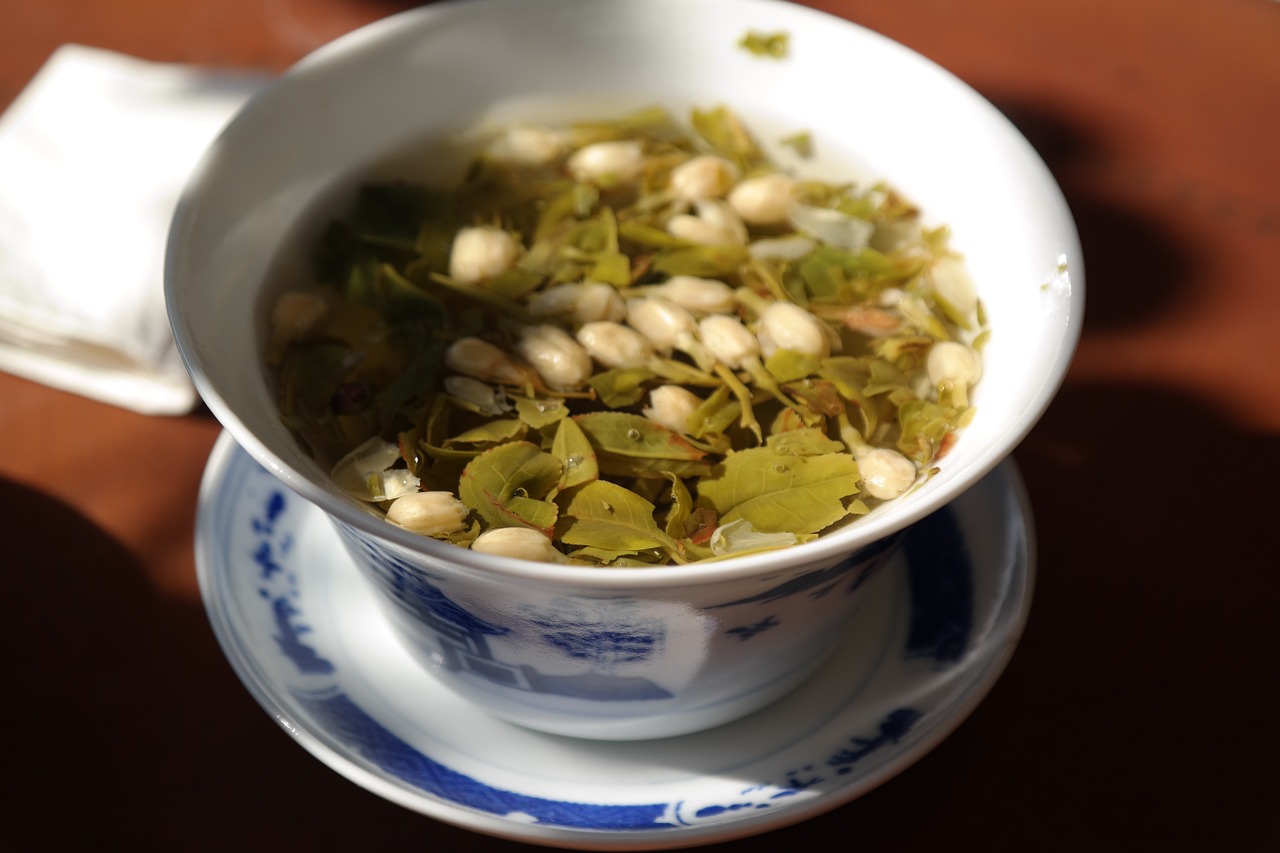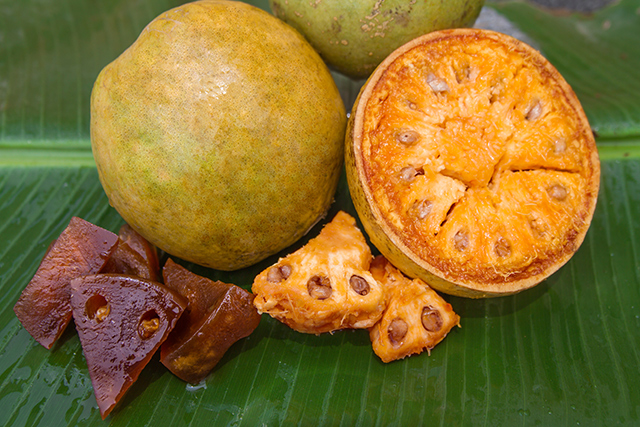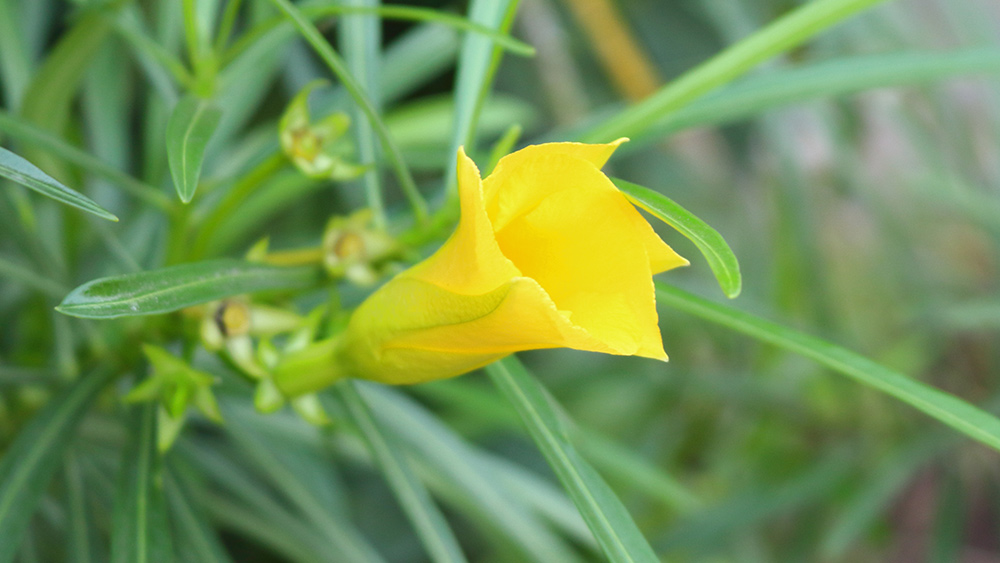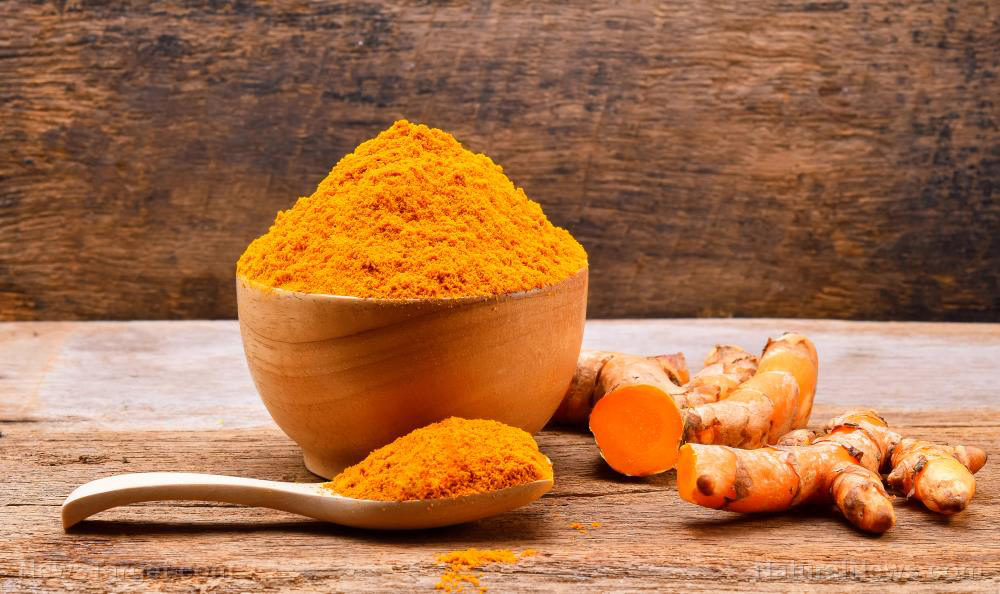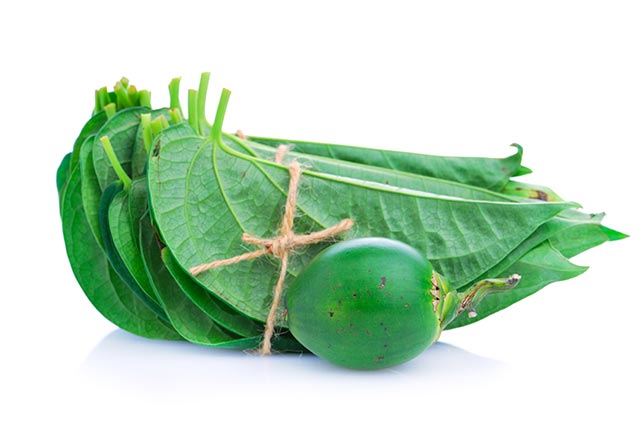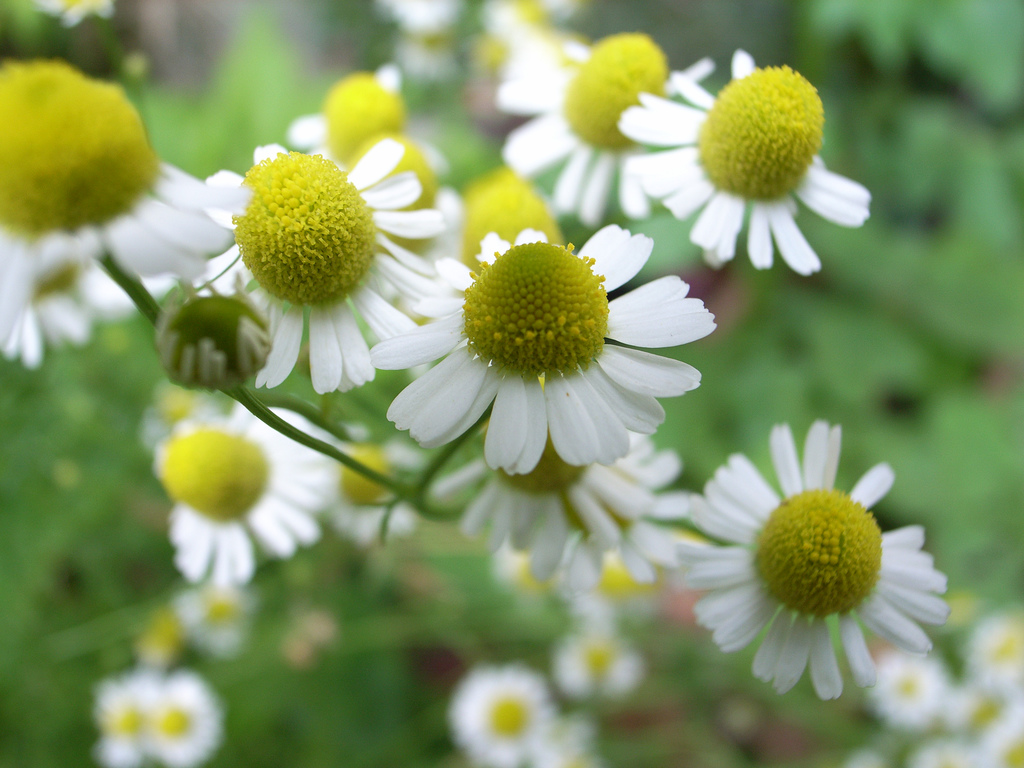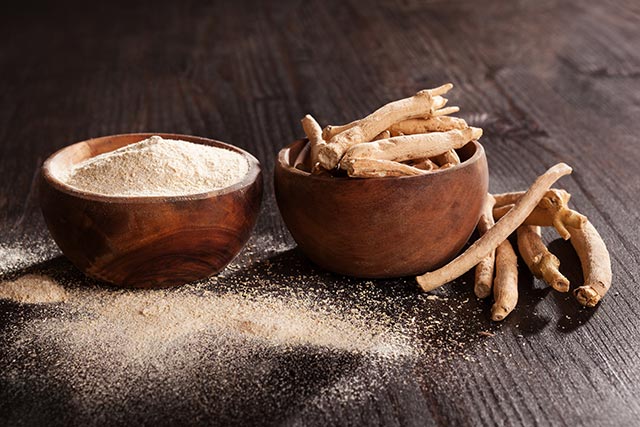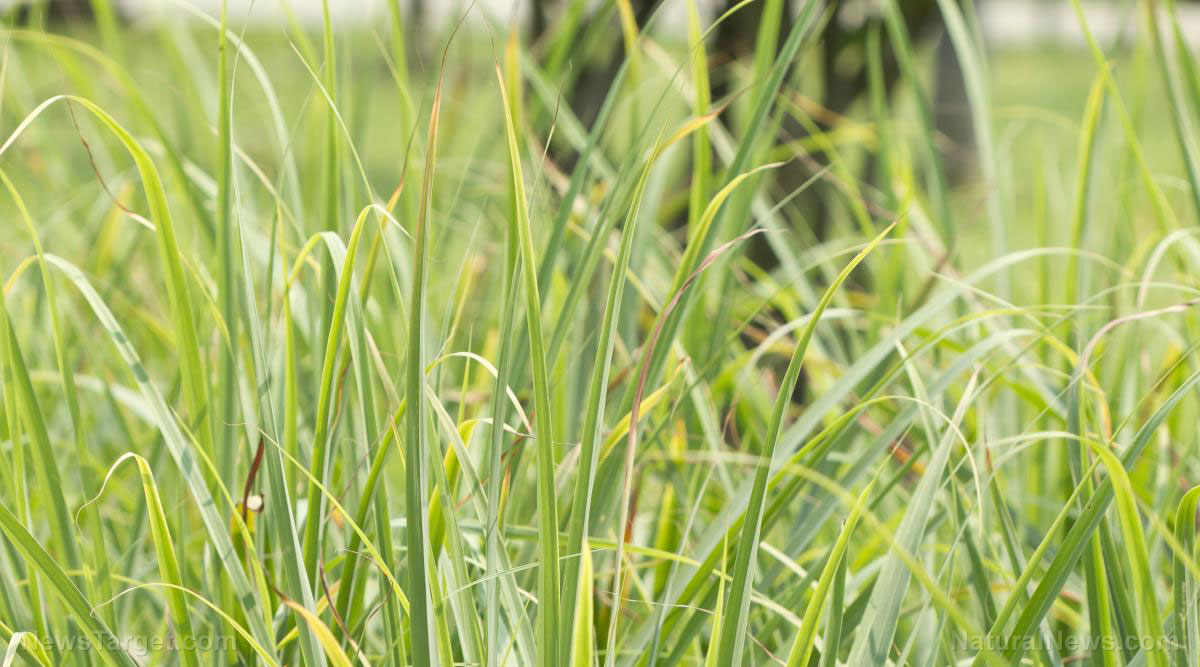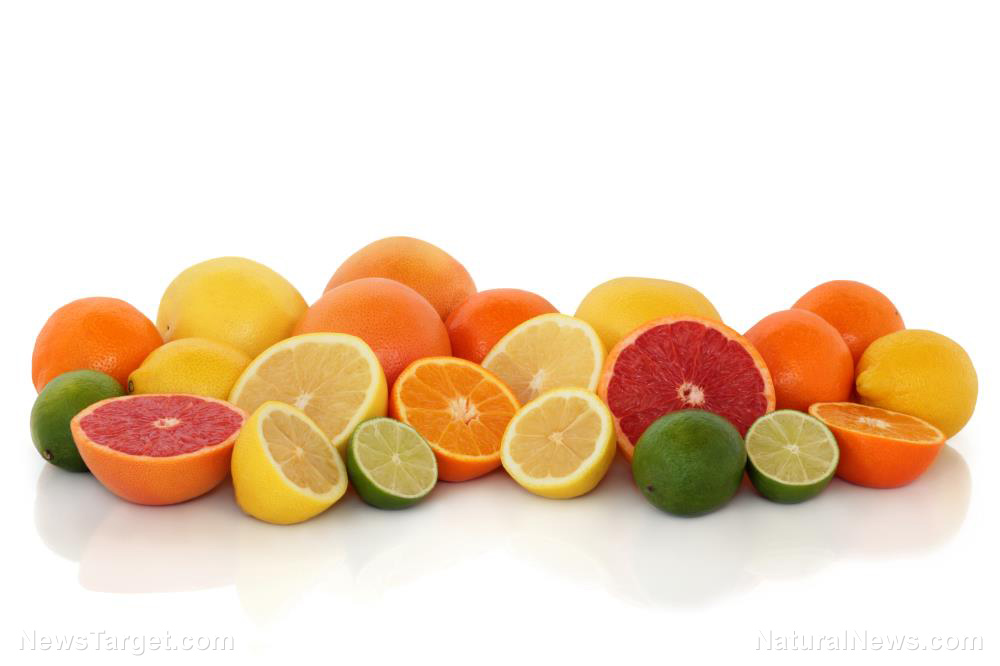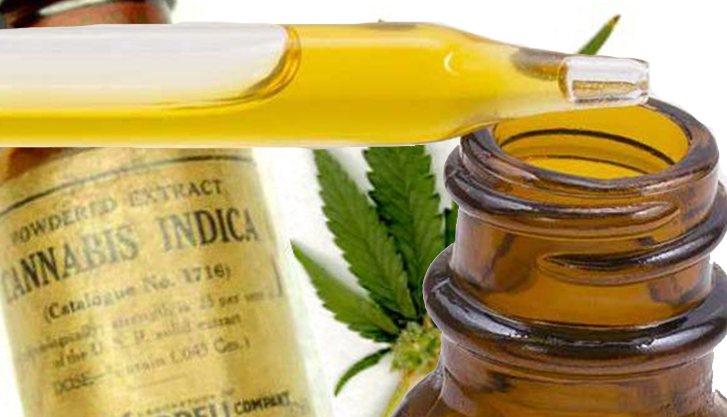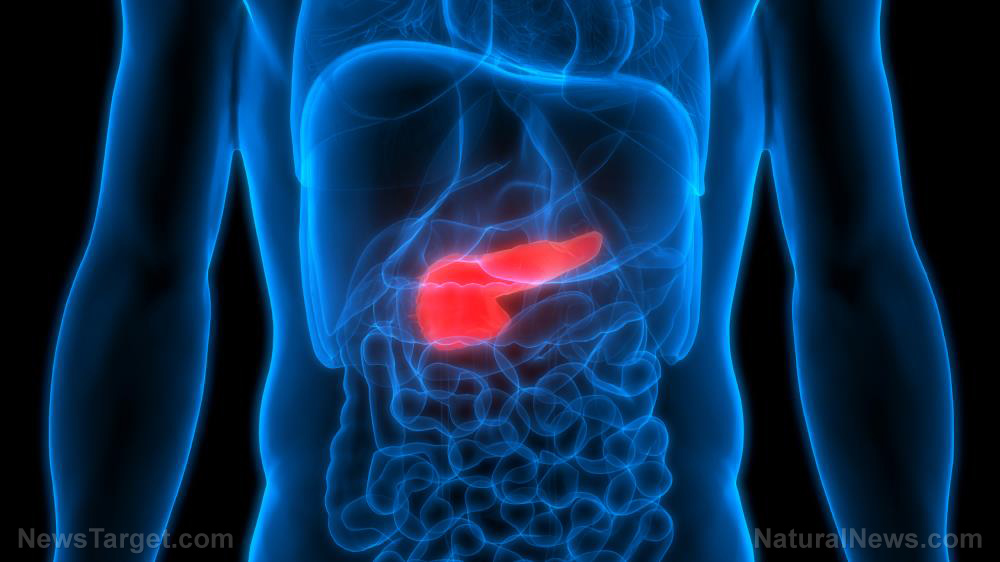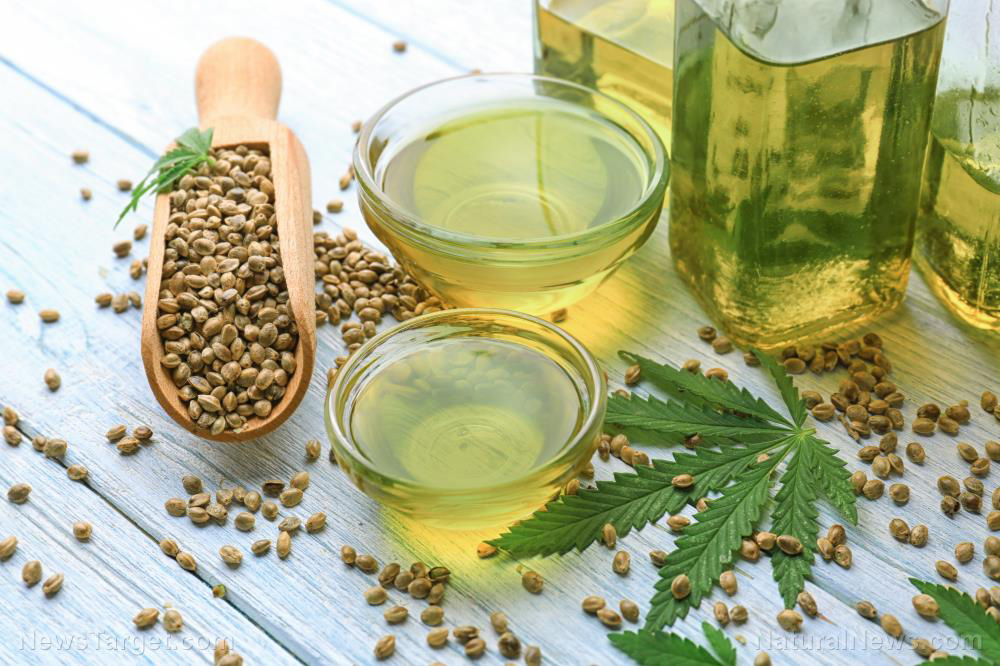Treating Porphyromonas gingivalis with selected Sudanese medicinal plants
10/12/2018 / By Ellaine Castillo

Researchers from the University of Science and Technology, University of Khartoum, and Gifu University have discovered that Sudanese medicinal plants exhibit inhibitory activity against Porphyromonas gingivalis and matrix metalloproteinase-9 (MMP-9). This study, which was published in BMC Complementary and Alternative Medicine, studied the antibacterial activity against P. gingivalis of methanolic and ethanolic extracts from 24 plant species.
- One of the most preventable, yet most common, health problems is periodontal disease. This is caused by an infection with P. gingivalis, an anaerobic, Gram-negative bacteria.
- The enzyme MMP-9 is another factor that can cause periodontal disease through various mechanisms.
- Methanolic and ethanolic extracts were acquired from 24 Sudanese medicinal plant species.
- A microplate dilution assay was used to determine the lowest concentration needed for these extracts to inhibit P. gingivalis growth.
- The bioactive compounds flavogalonic acid dilactone and terchebulin were isolated from Combretum hartmannianum bark, which was the most active among the different extracts, and then characterized.
The results of the study show that terbechulin acquired from C. hartmannianum and some crude extracts from other Sudanese medicinal plants exhibit antibacterial activity against P. gingivalis, as well as inhibitory effect against MMP-9. With further studies, these extracts can be utilized for preventing and treating periodontal diseases.
Read the full text of the study at this link.
Learn more about Sudanese medicinal plants and how they can be used to treat periodontal diseases by visiting Healing.news today.
Journal Reference:
Mohieldin EAM, Muddathir AM, Mitsunaga T. INHIBITORY ACTIVITIES OF SELECTED SUDANESE MEDICINAL PLANTS ON PORPHYROMONAS GINGIVALIS AND MATRIX METALLOPROTEINASE-9 AND ISOLATION OF BIOACTIVE COMPOUNDS FROM COMBRETUM HARTMANNIANUM (SCHWEINF) BARK. BMC Complementary and Alternative Medicine. 20 April 2017;17(224). DOI: 10.1186/s12906-017-1735-y
Tagged Under: alternative medicine, Combretum hartmannianum, dental care, gingivitis, gums, herbal medicine, medicinal plants, natural cures, natural medicine, oral care, oral health, periodontal disease, Porphyromonas gingivalis, terbechulin



